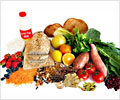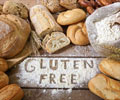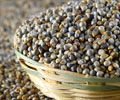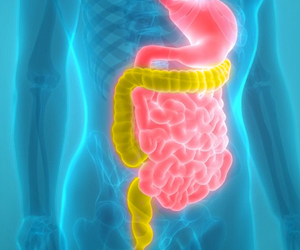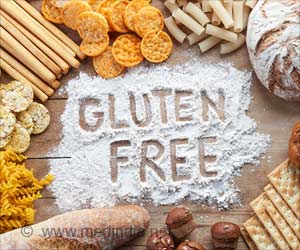
‘Even tiny amounts of gluten in foods are troublesome for people with celiac disease, and restaurants may be the hardest places to avoid the protein. ’
Tweet it Now
Gluten-free pasta samples were positive in 51 percent of tests; gluten-free pizza contained gluten for 53 percent. Gluten was detected in 27 percent of breakfasts, 29 percent of lunches and 34 percent of dinners. There are limitations to the data, notes Lebwohl. "Users may have uploaded results that surprised them the most." Also, the device is very sensitive. To be labeled gluten-free in the U.S., a product must contain less than 20 parts per million. "The device can detect levels as low as 5 to 10 ppm, which most do not consider clinically significant, so a 'gluten found' result does not necessarily mean 'unsafe for celiac disease.' The device also does not detect certain forms of gluten, such as fermented gluten. So both false positives and false negatives will affect this estimate."
Lebwohl suspects that gluten-free foods are inadvertently contaminated, and "the solution may be better education for food preparers."
Source-Eurekalert


